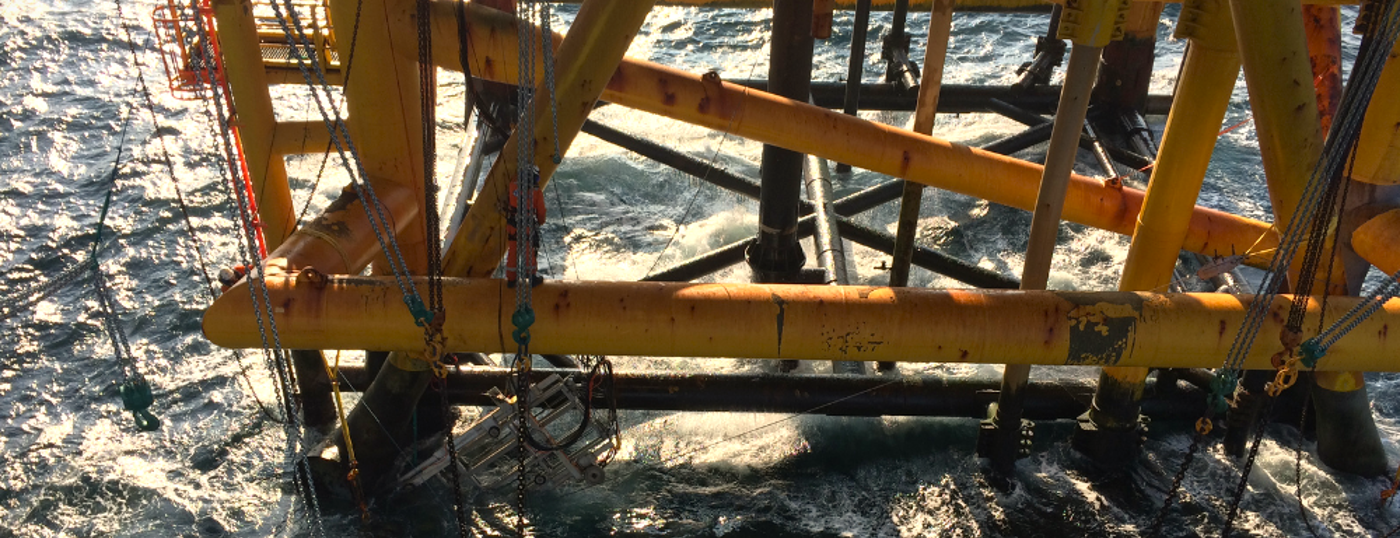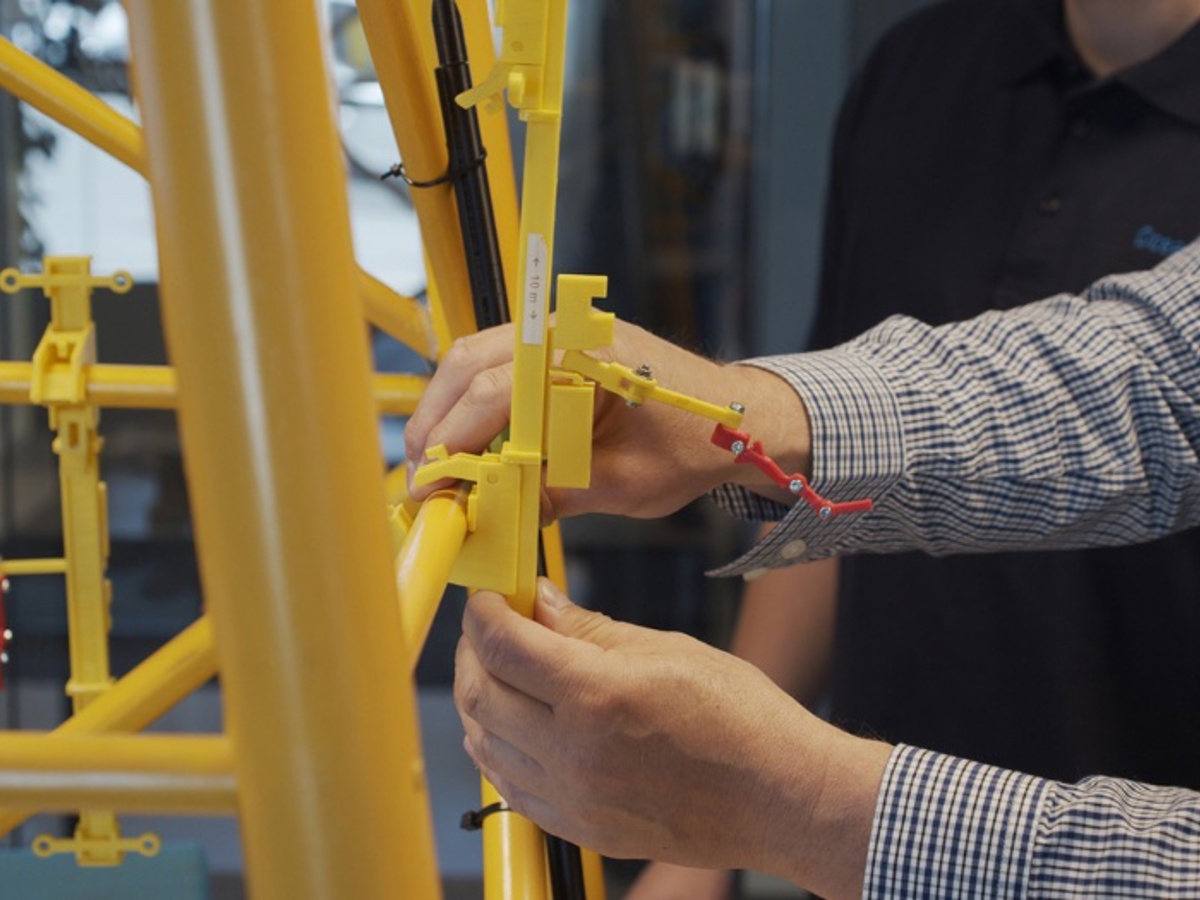Subsea clamps play a crucial role in various applications within the offshore industry. They provide support and stability to pipelines and risers, secure and route umbilicals, and facilitate the installation, replacement, or removal of infrastructure components while ensuring the structural integrity of the overall system.
At OceanTech, we offer a wide range of services to cater to our clients' diverse needs, including subsea clamp/guide design, repairs, modifications, and installations.
While planning is essential for all splash zone operations, clamp installations require comprehensive planning due to:
- The task’s time-sensitive nature
- The precision required for positioning and alignment
- Logistical considerations
- The need to tailor clamp designs to fit existing infrastructure
Time-sensitivity
Clamp installations require precise timing and seamless coordination with concurrent offshore projects to optimise efficiency and avert costly delays.
For example, if a platform undergoes expansion or modification to accommodate new equipment, facilities, or production processes, clamps may be needed to provide support and stability for new risers, pipelines, or other infrastructure components. Also, before commencing valve or connector replacement projects, new clamps may be required to facilitate the replacement process.
Clamp installation delays can disrupt overall project timelines, leading to costly downtime for offshore platforms or facilities. At OceanTech, we excel when engaged early in the planning stage. This ensures timely design and engineering, equipment testing, and training, ultimately maximising efficiency and profitability by guaranteeing punctual starts or resumptions of other large projects.
Precision requirements
Clamp installations require careful positioning, alignment, and fastening to ensure the clamps align correctly with pipes or equipment. They also need appropriate spacing to provide adequate support. This is especially true when installing clamps in the splash zone. The forces in this area can induce movement and instability, which may result in misalignment or insufficient clamping of the structures. Even a slight misalignment can lead to significant issues, underscoring the need for precision.
OceanTech’s installation methodology circumvents the need for divers, remotely operated underwater vehicles (ROVs), or support vessels. Instead, we leverage cutting-edge robotic solutions and topside-deployed access tools. This strategy offers remarkable flexibility, effectively addressing challenges posed by waves and strong currents. Furthermore, it guarantees precise alignment and positioning of the clamps, enhancing the accuracy of our installations.
We dedicate significant time to planning rigging and lifting operations, ensuring suitable rigging configurations and lifting techniques for precise installation. Moreover, this planning process helps identify potential hazards and ensures the implementation of safety protocols to safeguard personnel and assets.
Logistical planning
Clamp installations demand personnel, material, and equipment transportation to remote locations, presenting logistical challenges. Thorough planning ensures the timely availability of all project essentials on-site, reducing installation delays and interruptions.
The equipment essential for clamp installations, including specialised clamps and corrosion-resistant materials, might also be subject to local requirements. This could include requirements related to material composition, strength, and durability to ensure compliance with local safety and environmental standards. Other examples include requirements for installation procedures and operational practices to mitigate risks and prevent accidents. These requirements introduce an additional layer of complexity.
Navigating these challenges demands a blend of experience, expertise, and thorough planning. OceanTech’s engineers have spearheaded remotely operated splash zone projects since 2007. We have extensive experience in clamp design and installations across regions like the North Sea, Australian waters, and the Timor Sea. Our successful track record of over 70 splash zone projects worldwide demonstrates our ability to handle these challenges effectively.
Design requirements
Subsea clamps must fit seamlessly with the geometry and dimensions of existing offshore facility structures. This involves ensuring the clamp's size, shape, and attachment points align with the specific characteristics of the structure or incorporating adjustable features to ensure proper fit and alignment.
The design process also requires thorough material compatibility assessments, corrosion protection measures, structural analysis, and testing to ensure the clamps’ strength and durability over their operational lifespan. By addressing these critical design considerations, our engineers develop subsea clamps that seamlessly integrate with existing structures, ensuring reliable performance and longevity in challenging marine environments.
Our Subsea Test Centre plays a pivotal role in the design and engineering process, conducting thorough full-scale tests to ensure the reliability and effectiveness of our projects. The primary objective is to minimise project risks and maximise operational uptime during offshore operations. For complex projects, we refrain from offshore operations until components, equipment, and tools have undergone rigorous testing using full-scale mock-ups of the actual installation. This approach ensures secure and efficient operations.


